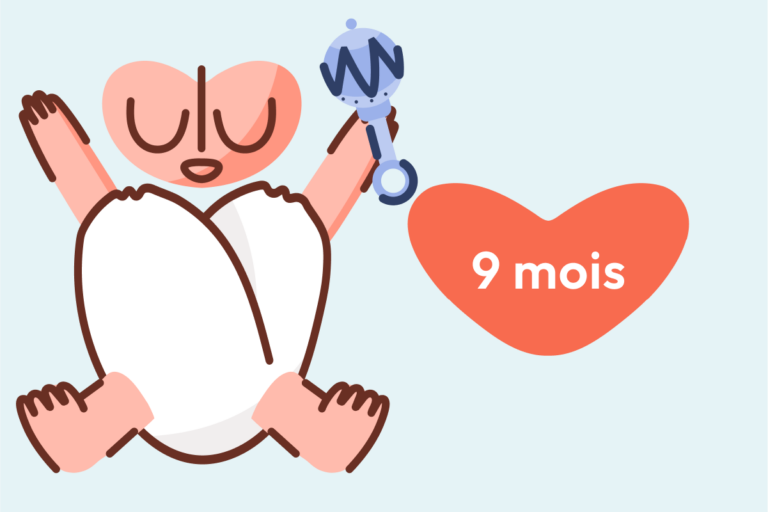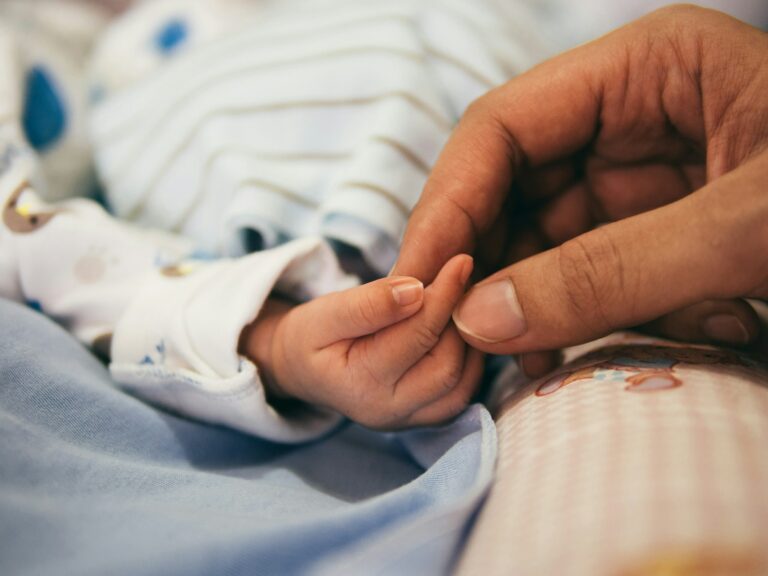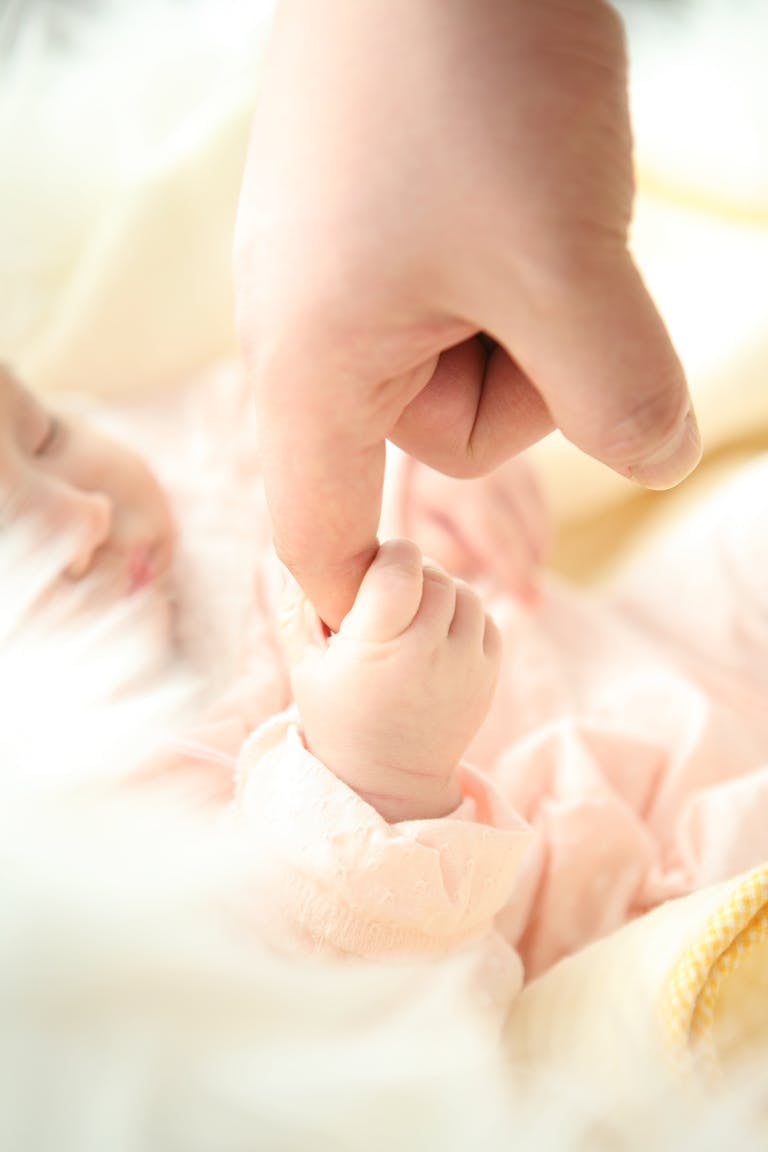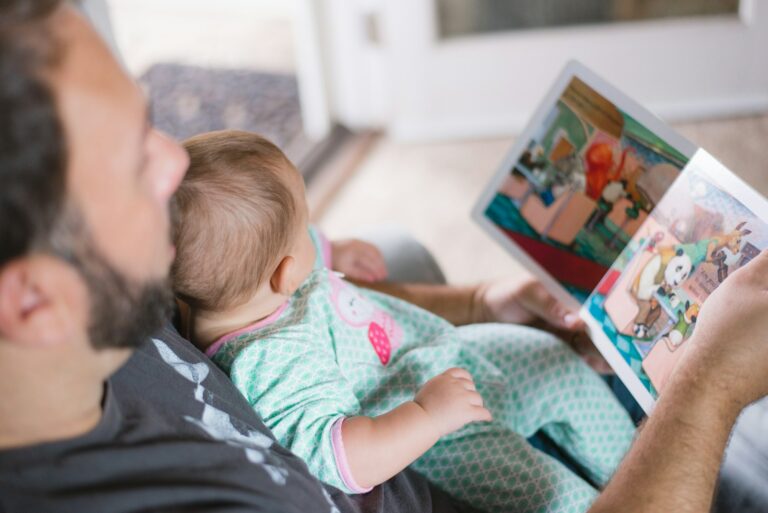The moment of holding a newborn—sometimes overwhelming, sometimes serene—ushers in a universe of questions. One rapidly intensifies: “Is my child safe from what I can’t see?” There’s nervousness that comes from stories whispered at the playground, hushed advice from well-meaning family, and unsettling headlines that drift through your mind during sleepless nights. Shaken baby syndrome—it sounds clinical, almost distant, but for families it’s an urgent and deeply emotional concern. Fatigue, frustration, the ceaseless crescendo of infant cries… these daily realities can push the boundaries of patience and control. Understanding exactly what shaken baby syndrome means, how to recognize warning signs, and especially how to react—these are the lifelines parents deserve. Unpacking the risks, misconceptions, medical facts, and concrete preventive strategies, this resource is here to empower you, not to alarm. Every child, every parent, every stage—let’s dismantle confusion, shine a light on science, and build pathways to protection and peace of mind.
What is shaken baby syndrome? A look at mechanisms and risks
Why does shaken baby syndrome even exist in this modern age, with so much awareness and information at our fingertips? The answer is tangled in both physiology and emotion. With its alternate name—abusive head trauma—the condition points straight to the violence of forceful shaking. When a baby or toddler is gripped and shaken, the delicate brain tissue collides with the inner walls of the skull. The result? Not just bruises, but catastrophic injury: cerebral bleeding, swelling, and tears within fragile blood vessels. A single episode—mere seconds—can send shockwaves across the central nervous system, robbing the developing brain of oxygen. Often, this grim sequence is triggered during a storm of inconsolable crying, sleep deprivation, and frayed nerves. The statistics are sobering: approximately 500 cases per year in France, with mortality rates hovering near 20%. The riskiest window falls between two and eight months old—a period where infant heads are disproportionately heavy, neck muscles underdeveloped, and the brain’s vulnerability is peaking.
But this isn’t just a tale of isolated malice. Many of the incidents stem from frustrated, loving parents facing a perfect storm of exhaustion, social isolation, and relentless crying. Among preterm or especially colicky babies, the stakes rise. And while most victims are younger than a year, children up to four years have experienced dangerous shaking—reminding us that the risk does not vanish with infancy.
Medical facts: How shaken baby syndrome injures the brain
What exactly happens when a baby is shaken? Anatomy collides with physics—sometimes literally. An infant’s large, heavy head, paired with weak neck muscles, cannot buffer the motion. Rapid acceleration and deceleration cause the brain to bounce and rotate inside the skull. Blood vessels—impossibly thin and delicate—tear. The aftermath includes subdural hematoma (bleeding next to the brain), retinal hemorrhages (bleeding within the eyes), and alarming brain swelling leading to encephalopathy or loss of brain function. Even bones—skull, ribs, and sometimes limbs—can fracture.
This isn’t about casual slips or playful bouncing. Short falls, well-intended rocking, or playful jostling simply cannot reproduce these devastating injuries, which demand outright violence—a sudden, uncontrolled acceleration impossible through routine care or gentle play.
Consequences and long-term impact
Every parent dreads the silent specter of hidden injury—losses that unfold not always with loud warning, but in subtle shifts: delays in walking, unusual movements, or silence where there should be babbles. Shaken baby syndrome is sadly infamous for its permanent consequences. The spectrum is wide, and not all damage is visible: paralysis, cognitive impairment, difficulties in speech, feeding issues, disrupted sleep, blindness, hearing loss, and epileptic seizures linger like shadows. Many children face global developmental delay or the challenge of cerebral palsy, turning daily life into a marathon of therapies and appointments. For the family, the emotional and financial repercussions ripple for years.
Statistics tell a somber story: one in four affected infants does not survive. Of those who do, the vast majority need ongoing medical care—sometimes intensive rehabilitation, sometimes lifelong support. The journey often involves neurologists, therapists, special educators, and, crucially, compassionate family members adapting to new realities.
How to spot warning signs and symptoms
How do you know if a child is in danger—or already injured? The signs may be sudden or quietly insidious. Classic immediate symptoms of shaken baby syndrome include:
- Persistent irritability, unlike typical fussiness.
- Unusual drowsiness or even lethargy that doesn’t resolve after sleep.
- Changes in breathing patterns, such as pauses, rapid breathing, or panting.
- Poor feeding: refusing food, vomiting with no clear explanation.
- Seizures or episodes of loss of consciousness.
- A swollen or bulging soft spot on the top of the head (the fontanelle).
- Odd changes in eye movement or size of pupils.
- Difficulty moving a limb, or seeming “floppy” on one side.
Complicating things, some symptoms don’t appear right away. Over time, you might notice developmental delays, vision or hearing issues, or trouble with behavior and learning. Severe cases might present as coma or repeated seizures. If in doubt, especially if a child is hard to arouse, breathing abnormally, or displaying a bulging fontanelle—call emergency services right away. No parent should hesitate.
Diagnosing shaken baby syndrome: Medical process and diagnostic clarity
How do doctors confirm shaken baby syndrome versus other medical conditions? Diagnosis hinges on three key findings: subdural hematoma, retinal hemorrhages, and signs of brain dysfunction. These are part of the so-called “clinical triad.” But real life— and real medicine—are rarely straightforward. Conditions like coagulopathies (bleeding disorders), rare metabolic diseases, or unusual infections can mimic some findings. That’s why evaluation is thorough: a detailed clinical history, high-resolution brain imaging (like CT scans or MRI), blood tests, and specialized eye exams. The medical team cross-references these findings, rules out possibilities, and involves specialists to avoid misdiagnosis—especially given the profound social and legal consequences of labeling abuse.
Be aware: some signs are subtle. Drowsiness, unexplained vomiting, refusing to move a limb—when these symptoms emerge without explanation, suspicion rises. And in cases where more than one injury appears at different healing stages, professionals consider Silverman syndrome, where repeated violence is a concern.
Understanding causes, risk factors, and paths to prevention
What pushes a caregiver—often a loving parent—into that split second of dangerous shaking? It’s rarely about malice. The most common trigger is overwhelming fatigue, compounded by feelings of isolation, family conflict, or struggling mental health. Add in relentless, inconsolable crying, perhaps in the middle of the night, and even the most patient adult can reach a breaking point.
A few factors stand out:
- Social isolation, with limited family or community backup.
- Financial or emotional stress, relationship conflict.
- Postpartum depression, or untreated mental health struggles.
- Substance use or abusive environments.
- Babies who cry more—preterm infants or those with medical problems—can unintentionally increase risk.
What’s the antidote? Information and preparation. Crying is normal, a baby’s only language. When frustration rises:
- Gently put your baby down in a safe crib. Step into another room. Breathe.
- Use simple coping methods: listen to soothing music, walk around the block, run your hands under water.
- If you are with someone trustworthy, let them take charge—even for a few minutes.
- Reach out. Talk to friends, family, or professionals. Sharing the load is not a weakness—it’s a buffer against disaster.
Community resources, parenting hotlines, and programs such as the Period of PURPLE Crying offer strategies. These resources frame crying as a temporary, survivable phase—an ordinary part of infant development, not a test of a parent’s competence or a cause for shame.
Responding to emergencies and medical treatment
Imagine suspicion sets in that a child was shaken—what should be done, right now? The immediate response matters. Do not attempt to shake or “wake up” a quiet infant; never offer food or drink by mouth. Call emergency services without delay.
If the child stops breathing, and you have been trained in CPR, start immediately. In the hospital, the team will jump into action: advanced airway management, urgent imaging, blood tests, and, if necessary, neurosurgery to reduce pressure inside the skull. Seizures will be stabilized, swelling addressed, and a multidisciplinary team will map a pathway forward. Long-term, many children need occupational, physical, and speech therapy, as well as support for feeding and communication. Equally important is emotional support for the entire family, who must learn to adapt and find resilience together.
Legal considerations and the professional mandate
When shaken baby syndrome is suspected, medical, educational, and childcare professionals have a legal obligation to report—not as an accusation, but as a safeguard. Failure to ensure safety for the vulnerable is serious. There are real-world consequences: legal action, sometimes children being removed from unsafe environments. But this must be balanced with careful, documented medical assessment. The stakes are high, diagnoses are complex, and families have rights—so multidisciplinary evaluations are now standard, protecting both children and families with procedural fairness and dignity.
Myths, misconceptions, and evolving facts
Confusion and outdated beliefs still circulate. Let’s clear the air:
- Gentle rocking, playful bouncing, or routine care do not cause shaken baby syndrome.
- The clinical triad (subdural hematoma, retinal hemorrhages, encephalopathy) is highly suggestive—yet, modern research acknowledges rare exceptions.
- Accidental short falls, roughhousing with siblings, or normal swings at the park are not the culprits behind these severe injuries.
Science is always evolving. Ongoing research refines diagnostic accuracy and injury thresholds, ensuring both child protection and family fairness.
The vital role of healthcare professionals: team effort in care and prevention
Pediatricians, emergency doctors, nurses, and allied specialists are guardians at the gates of child health. Their expertise encompasses early detection of subtle neurological signs, precise diagnosis, and comprehensive treatment planning. But education sits at the heart of their work—empowering parents with knowledge about infant development, constructive coping strategies, and the promise of recovery, even when outcomes look daunting.
Connecting families to local support networks, community organizations, or mental health services can be transformative. The most powerful intervention is often the simplest: listening, informing, and offering space for parents to express their struggles—without judgment.
Raising awareness: community and support
Society can’t solve everything alone, but informed communities reduce risks. International awareness campaigns, such as Shaken Baby Awareness Day and the Period of PURPLE Crying, break taboo, offer facts, and provide tools. Parenting groups, online forums, and advocacy organizations extend a lifeline, inviting families to ask for help, share experiences, and access resources—reminding everyone that resilience, not perfection, is the goal.
Key takeaways
- Shaken baby syndrome is a severe, completely preventable consequence of violent shaking in infants and young children.
- Any episode of unexplained loss of consciousness, abnormal drowsiness, persistent vomiting, or seizures merits immediate medical attention and full evaluation for possible abusive head trauma.
- Not all crying indicates illness; sometimes infants simply need to express discomfort. Knowing your own limits is a strength, not a flaw. Putting your baby safely down and stepping away can save lives.
- Early identification and specialized care can minimize long-term disability, but prevention remains the safest, most effective approach.
- Access to information, support networks, and professional resources can make all the difference in protecting children and empowering parents.
- Healthcare professionals, legal frameworks, and community organizations work hand in hand to ensure safety and accountability.
- For further guidance, personalized tips, and free child health questionnaires, consider downloading the Heloa app. Reliable help is always closer than you think.
Questions Parents Ask
Can mild shaking cause shaken baby syndrome?
Even what might seem like “mild” shaking can actually carry risks for infants and young children. Their brains and blood vessels are very delicate, and any forceful movement increases the possibility of injury. While some situations of shaking might not lead to visible symptoms, every episode can leave lasting effects, sometimes subtle, sometimes more serious. Rassurez-vous, accidental gentle motions like bouncing on your knee or normal everyday activities do not cause this syndrome. The best protection is always to avoid any forceful shaking during moments of stress, and remember: reaching out for support is an act of care for both your baby and yourself.
What should I do if I suspect a child has been shaken?
If you ever suspect a child may have been shaken, it is important to seek help quickly. Do not attempt to feed the child or try to “wake them up” forcefully. Instead, call emergency services right away—even if you are not sure. Immediate medical attention can make a real difference in a child’s recovery and ensure they get the care they need. Remember, no one is alone in these moments; healthcare teams are there to support you, and reaching out shows real concern and responsibility.
How can I manage frustration or stress to prevent shaken baby syndrome?
Feeling overwhelmed as a parent is completely normal, especially when faced with a crying baby. If you find yourself reaching your limit, try putting your baby safely in their crib and taking a few moments for yourself—step into another room, take a few deep breaths, or call a loved one to talk. You might also find comfort in listening to soothing music or having a walk, if possible. There’s no shame in asking for help, whether from family, friends, or professional support. Taking care of your own well-being helps create a calmer environment for your child, too.
Further reading:









